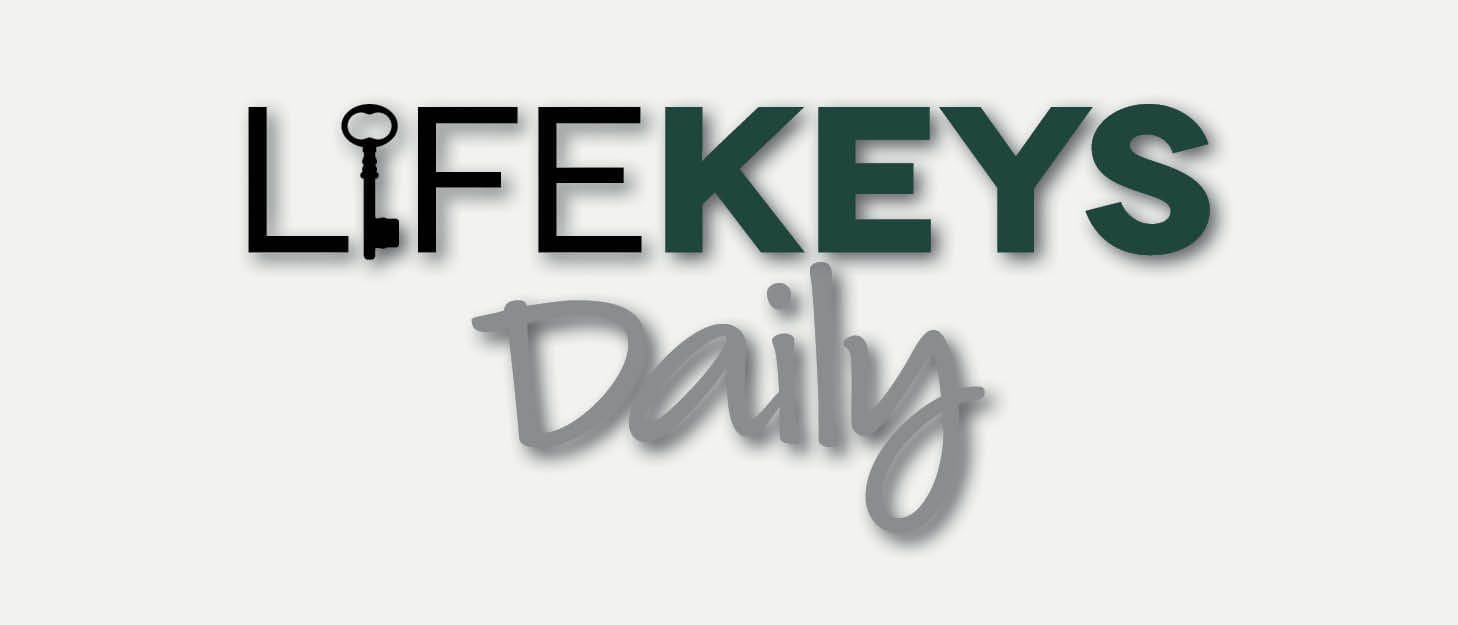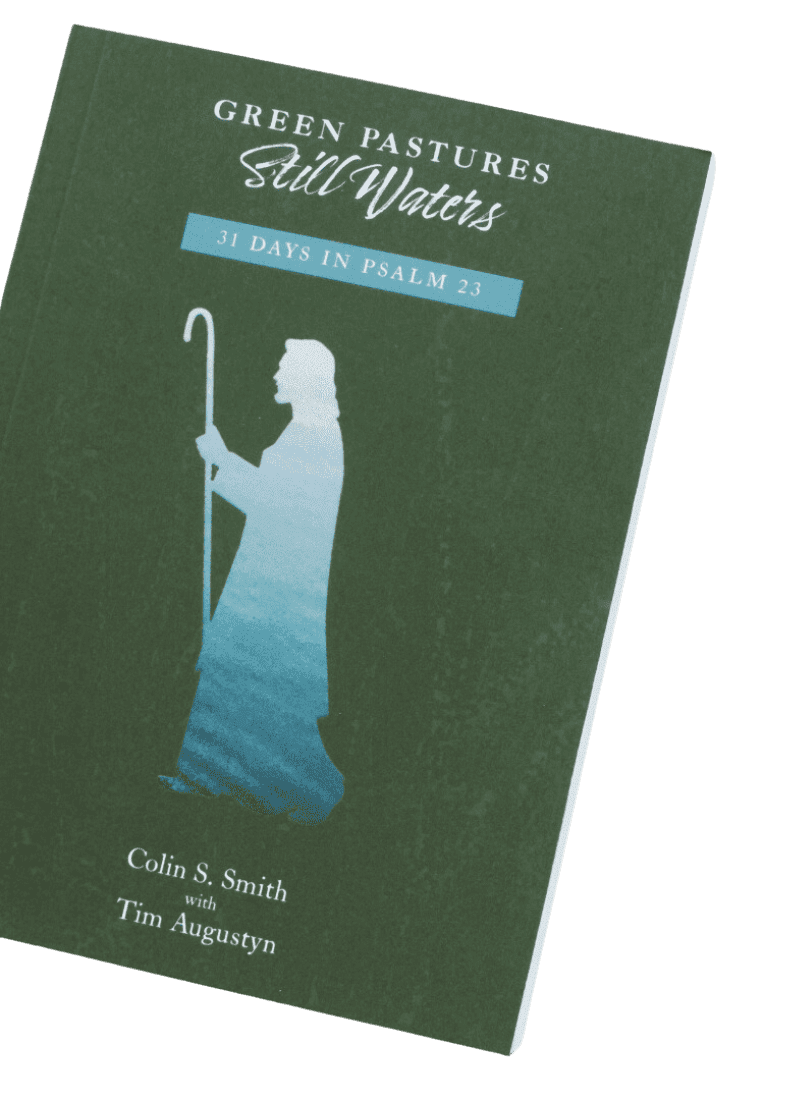What the cutting locust left, the swarming locust has eaten. What the swarming locust left, the hopping locust has eaten, and what the hopping locust left, the destroying locust has eaten. Joel 1:4
Joel describes the locusts in four ways: 1) The cutting locust, 2) the swarming locust, 3) the hopping locust, and 4) the destroying locust.
These could be descriptions of the locust at various stages of its development, but it is more likely that these descriptions point to four years in which the crops were devastated by the insects. God promised to restore “the years” the locusts have eaten.
The effect of this plague of locusts is devastating.
- It devastated the land: “The fields are destroyed, the ground mourns, because the grain is destroyed, the wine dries up, the oil languishes” (1:10).
- It devastated the animals: “How the beasts groan! The herds of cattle are perplexed because there is no pasture for them; even the flocks of sheep suffer” (1:18).
- It devastated the people: “Pomegranate, palm, and apple, all the trees of the field are dried up, and gladness dries up from the children of man” (1:12). People are not happy. In the third and fourth year of the epidemic they were trying to survive.
- The loss touched the Lord: “It has laid waste my vine and splintered my fig tree” (1:7). God’s vine has been laid waste. God’s fig tree has been splintered.
The Promised Land belongs to the Lord and the first fruits of the land are to be offered to him. How can there be a grain offering if there is no grain? “The grain offering and the drink offering are cut off from the house of the Lord” (1:9).
How are God’s people to respond to disaster? Not just this one, but any disaster?

